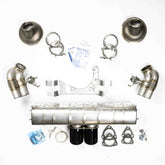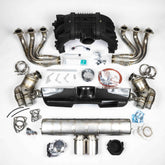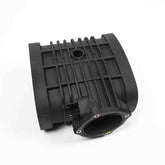Dundon Motorsports Minute: Bedding in New Brake Pads
Ted Anthony is back to give you the information you need to bed in your new brake pads for the best performance on the track, or on the street.
Bedding in New Brake Pads: Written Guide
Firstly, we want to say default to your manufacturer’s guidelines for bedding in brakes. But the general theory is, bring the brake pads up to temperature and let them cool down without coming to a stop. What we’re trying to do is we’re trying to transfer a very small amount of material to the rotor to create that bed, that relationship between pad and rotor so that they’re blended nice and smoothly, without transferring too much so that you don’t get vibrations.
Most of the time what you’re going to do is accelerate up to highway speeds, give the brakes nice, firm pressure, then bring the car to a near stop without reaching a complete stop. You’re going to do this several times, anywhere from 5-10. You’re going to want to smell the brakes, but you don’t want them to fade too much. You’ll then want to drive the car normally for several minutes in order to bring the brakes down to normal temperatures without coming to a stop until they have cooled off. For those of you who only drive on the race track, treat the first session of the day as the bed-in pressure. Go out and slowly warm the car up over the course of a few laps, braking at a 2/10 or 3/10 for the first couple laps, 4/10 to 5/10 on the next couple laps, then go full pace, and take two to three full cool-off laps so when you come into the pits you don’t have a hot spot on the rotor which can lead to vibrations and other nasty stuff.
We recommend the AP Radi-Cal Brake Kit, which you can get on our website here






